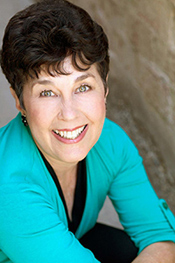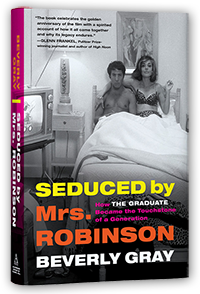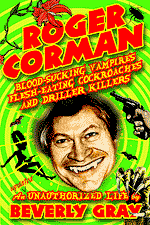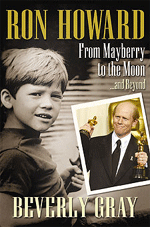The other night I watched Non-Stop, a 2014 Liam Neeson thriller set aboard a transatlantic flight to London. Moviegoers have flown the unfriendly skies at least since 1954, when washed-up pilot John Wayne fought to save a planeful of passengers in The High and the Mighty. In today’s increasingly precarious world, engine trouble is the least of our worries. Neeson stars as a (yup!) washed-up sky marshal who must fight to save a planeful of passengers from an extortionist who threatens, via text message, to start killing people unless $150 million is deposited into his bank account. And then the mysterious deaths begin.
It’s all very complicated, and more than slightly implausible. But that didn’t stop me from being on the edge of my seat, trying to figure out who aboard the plane – the female lead? the guy with the shaven head? the devout Muslim? the little girl? -- was sending those ominous texts. At the film’s end, after many high-flying emotions, I was very glad to be back on solid ground.
Let’s face it: when it comes to suspense, airplanes and movies just seem to go together. That’s what I was thinking recently when I toured the Museum of Flying, located on the grounds of the Santa Monica Airport. This being Southern California, the museum features aircraft that had co-starring roles in several Hollywood films. Like the sleek little BD-5 micro jet piloted by Roger Moore as James Bond in Octopussy. And the replica of the Wright Brothers’ original Flyer that appeared in Night at the Museum.
In tracing the history of Southern California aviation, the Museum of Flying of course devotes space to a flyboy who went on to make movies of his own. Howard Hughes—inventor, engineer, airline owner, aerospace honcho—also made his mark on Hollywood. In 1930, he produced and co-directed one of his most successful films, Hell’s Angels. This was a rough-and-tumble story of World War I combat pilots, and its aerial dogfight sequences won particular praise. Over seventy years later, Martin Scorsese focused on Hughes’ all-consuming passion for flying in his 2004 biopic, The Aviator.
I also learned the story of Douglas Aircraft, which once occupied the land where the museum now sits. During World War II, the Douglas aircraft plant turned out 300,000 planes for military use. This was such a fantastically large figure that Hitler himself deemed it mere propaganda. But the totals were genuine, thanks to round-the-clock shifts by a legion of dedicated workers, many of them Rosie the Riveters. Yes, at the height of the war, a full 40% of the Douglas workforce was female.
Following Pearl Harbor, company founder Donald Douglas worried that his workplace, located only three miles from the Pacific Ocean, might be vulnerable to Japanese air attack. And so began a little-known collaboration between Hollywood and the aircraft industry. Set builders from Warner Bros. were delegated to create a fake city that completely camouflaged the plant. From the air, busy Douglas Aircraft looked like a collection of houses, buildings, and streets, with nearby runways disguised as farmland.
Today, Hollywood and the airline biz are continuing to merge in curious ways. Recently, flying Delta, I saw a safety featurette that reminded me of the spoofy Airplane. As a chirpy-voiced stewardess described the plane’s features, the camera panned to passengers who were outrageously in dress and behavior. One slithered up the aisle on his belly like a trained seal; another breakdanced into his seat. Demonstrating the oxygen mask was an ALF-like muppet. And who was that giving us the thumbs-up from the cockpit? Yup, Kareem Abdul-Jabbar.








Lewis Alcindor himself? That's terrific! I do love a good (or in some cases not that good) airplane thriller - from the highs of Red Eye and James Bond's various aerial adventures to the direct to video Turbulence sequels. I like that Delta is developing a sense of humor - something airlines normally noticeably lack.
ReplyDeleteI must say -- I wasn't eager to see Denzel Washington in "Flight," because it sounded too plausible. I don't want to board a plane and imagine grim scenarios involving pilots under the influence. But "Non-Stop" was so outrageous that I could enjoy it thoroughly. By the way, I was at UCLA with (yes) Lew Alcindor. I didn't get to know him -- I doubt many people did -- but he memorably sat behind me one day in a class. Maybe I'll write more about him some day.
ReplyDelete